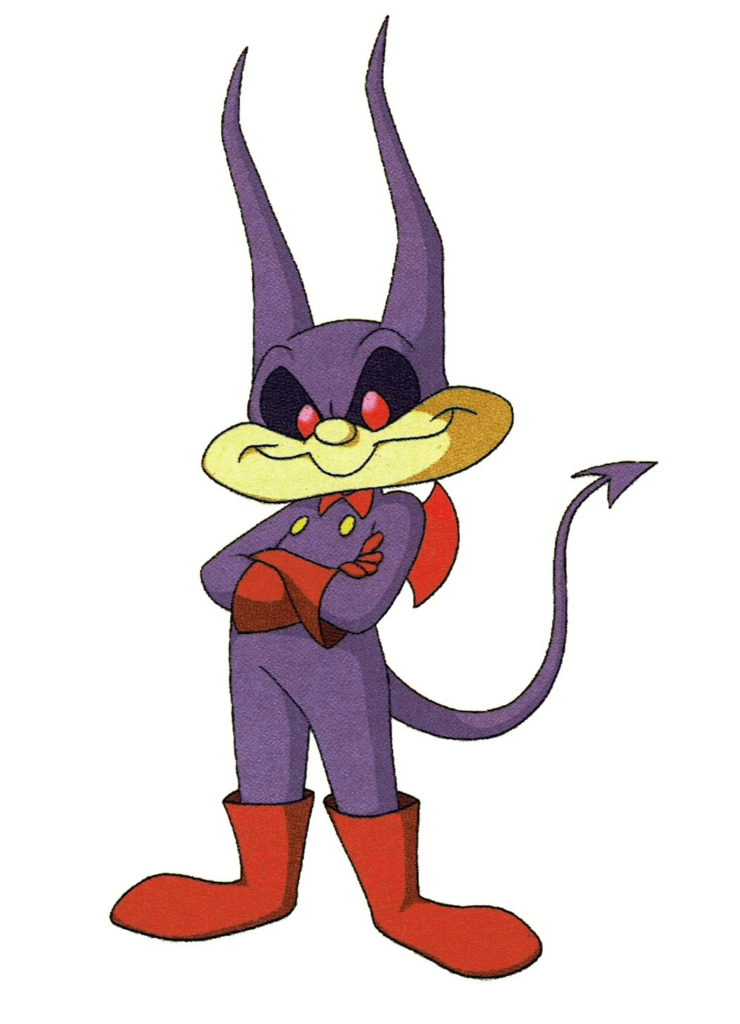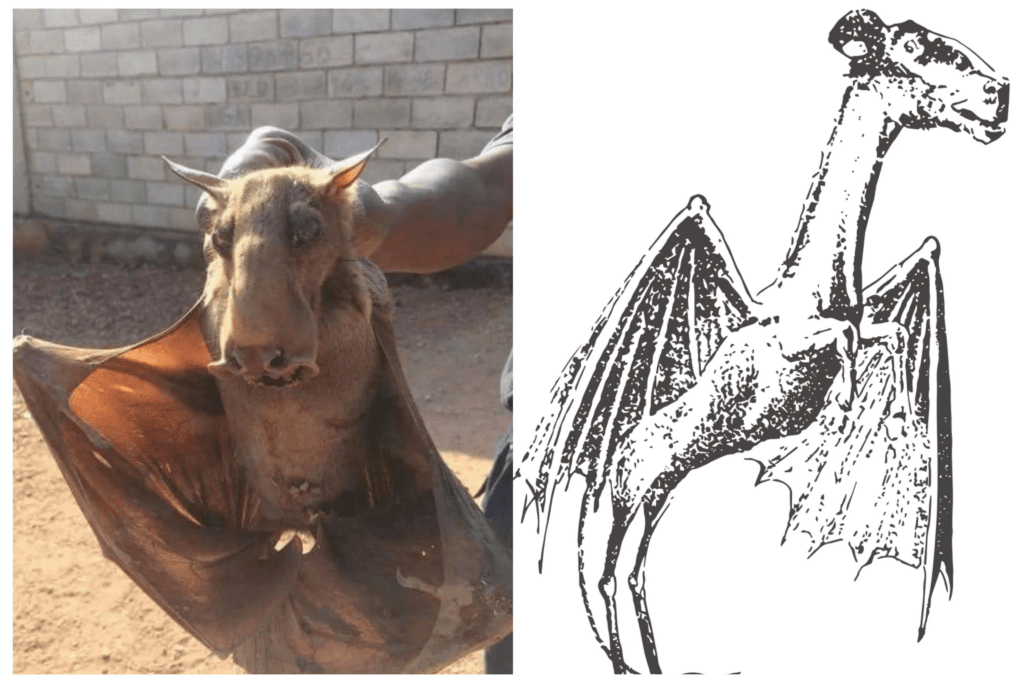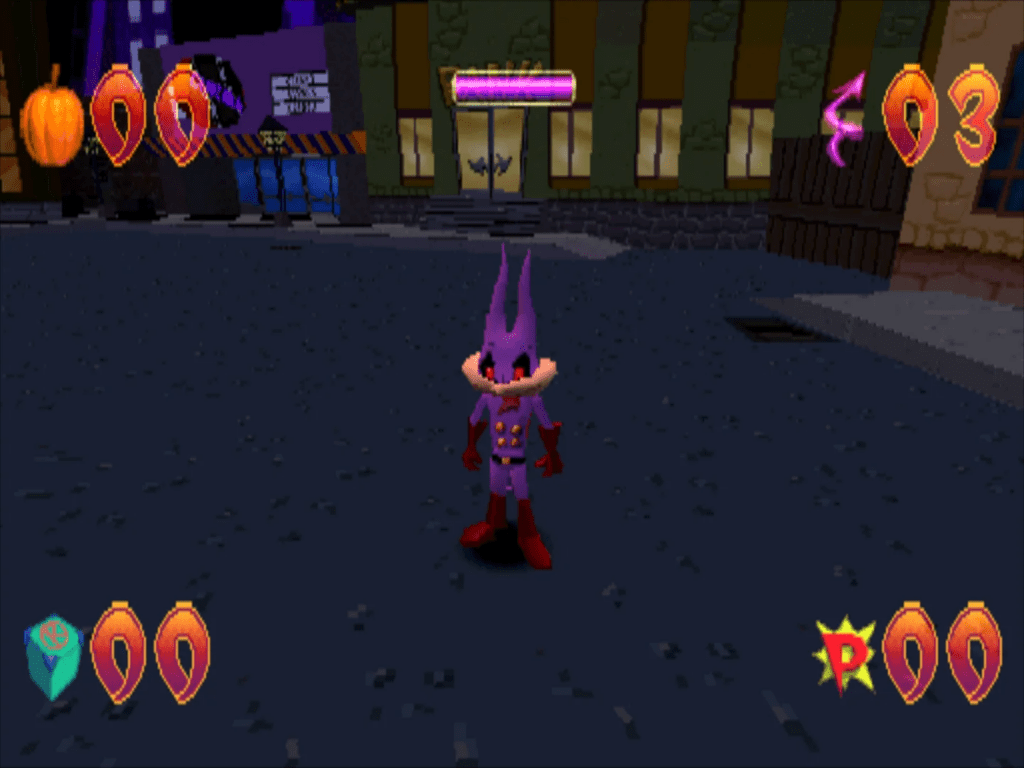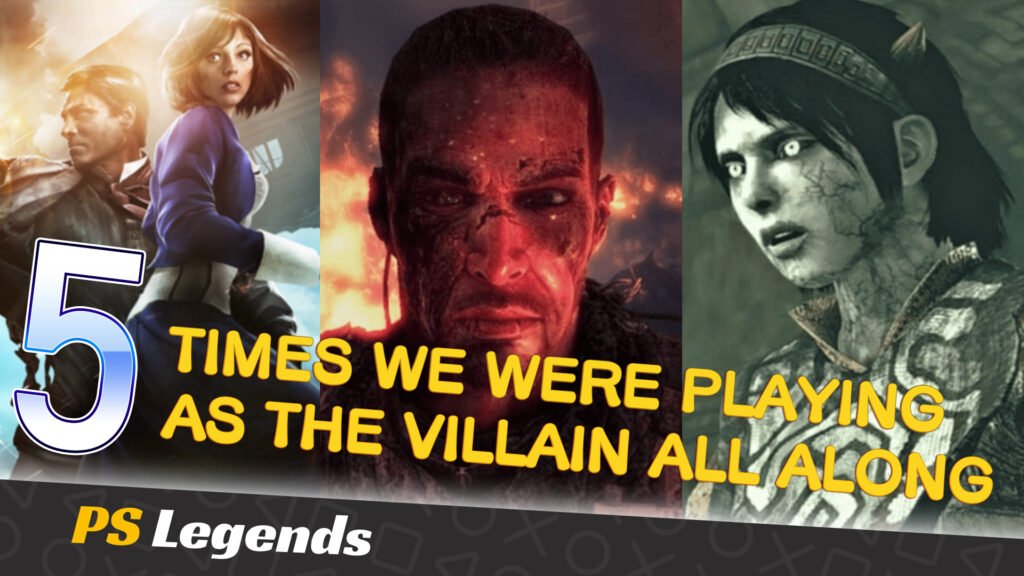It’s unfortunate that no matter how popular a mascot character is, they can disappear as quickly as they rise to fame due to fierce competition from rival mascot characters, a developer’s lack of faith in their franchise, or a combination of the two. The Jersey Devil is one such short-lived original PlayStation mascot character.
Origins
Jersey Devil featured in a 3D platform game of the same name. The game and character were developed as the first game created by Megatoon Studios and Malofilm Interactive. Megatoon would feature on the North American cover of the game, while Malofilm was featured on the PAL version, however both were revealed to be temporary titles for the newly-formed studio, which was renamed Behaviour Interactive in 1997 following a restructure.
The Jersey Devil game saw a staggered launch, and would release in December 1997 in PAL territories, June 1998 in North America, and June 1999 in Japan, for PlayStation and Windows. The titular protagonist is a Jersey Devil, a creature from New Jersey folklore. Care was taken in designing Jersey Devil to be ‘cartoony’ and child-friendly, yet still featuring characteristics recorded in interviews with Jersey Devil enthusiasts.

The character of Jersey Devil features black and red eyes as reported in earlier sightings, and also has long, horn-like ears which have led some to believe the creature is a type of dog, fox, or hare. The game’s villain, Dr. Knarf, also misidentifies the Jersey Devil throughout the story, labelling it a “puppy” or “rabbit” in a comedic reference to these sightings.
More commonly, the Jersey Devil is described as having the characteristics of a bat, and this is the most featured appearance in the game. However, while researchers now believe the Jersey Devil to be a misplaced species of African hammer-headed bat, the character in the game is considerably more anthropomorphised, round-faced, and audience-friendly when compared to its terrifying real-world alternative.

Story: I Am Bat-Man
Dennis, a mutated, humanoid pumpkin, enters his master’s lab, revealing to the mad geneticist Dr. Knarf a cage containing a creature he captured nearby believed to be the legendary Jersey Devil. Dr. Knarf cannot identify the infant creature and so he changes his previous plans to dissect a mutant eggplant in order to dissect the Jersey Devil instead. Knarf realises that when Dennis interrupted him earlier, he ruined his last scalpel blade and locks Dennis in a cage outside before leaving to fetch more.
While gone, one of Knarf’s plant monsters tries to attack the infant Jersey Devil, but he eludes it and begins to wreck the lab while Dennis watches helplessly from his cage. The Jersey Devil shows signs of intelligence, displaying self-preservation instincts, scientific curiosity, and even by wearing toilet-training pull-up pants. Knarf returns to find his lab in ruins with the Jersey Devil holding a bottle of Nitroglycerin which he uses to blow up what remains of the lab, sending him flying far away into the nearby town of Jersey.
Years later, Jersey has grown into a city, largely due to tourism from sightings of the Jersey Devil. However, Dr. Knarf has returned to his unethical gene-splicing and produced dangerous results. Mutant vegetable monsters begin terrorizing and kidnapping the residents of the city. One of the mutants stops while passing by a television store window, which is playing the evening news, and watches curiously as Dr. Knarf is mentioned before the story changes to mention “mysterious sightings of the legendary Jersey Devil”.
Jersey Devil, now grown up, more bat-like, and wearing a superhero costume reminiscent of a certain caped crusader, suddenly appears behind the mutant and pulls off the mask he is wearing, revealing him to be Dennis. Jersey Devil scares Dennis away, however Dennis is picked up by Knarf as he drives past in his car. Feeling protective of his home town, Jersey Devil takes to the streets and rooftops in order to free the city from the invading mutants.

Legacy
The cartoony reimagining of the Jersey Devil was well-received by fans, with many praising the character’s transition from initially scary to surprisingly adorable. He was also described as one of PlayStation’s first antiheroes. The game itself was popular with younger gamers and saw respectable sales. Unfortunately, the critics were not so easily swayed, and the game saw mixed to average review scores. The soundtrack was praised, yet the camera and graphics were met with heavy criticism.
Jersey Devil folklore fans would also complain about the largely bastardised story which made no attempt to work relevant local myths and legends regarding the creature into the narrative, while the small, fictional town of Jersey featured in the game made for a poor representation of the state of New Jersey and its people, while the game’s enemies, including mutant vegetables and prehistoric monsters made little sense to the narrative and folklore.
Next Generation said, “Anyone looking for something fresh for PlayStation’s stale platform genre probably won’t be that happy with this game.” On June 24, 1999, Famitsu gave it a score of 25 out of 40. GamePro said, “Jersey Devil is definitely the PlayStation’s most ambitious 3D platform game to date, even though its camera problems keep it from attaining the gaming stratosphere. Fans of Crash or Croc should pick up this title, but be prepared for some devilishly frustrating situations.”
The mixed reception of Jersey Devil combined with new, alternative ideas in the works at developer Behaviour Interactive would result in the team not continuing with the franchise in an effort to create a game with a warmer reception. 3D platformer fans would lament the loss of Jersey Devil, and still petition the developer for a sequel, remaster and/or remake to this day.



